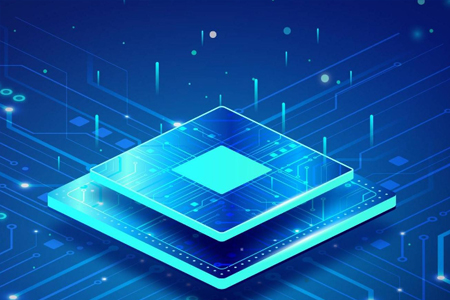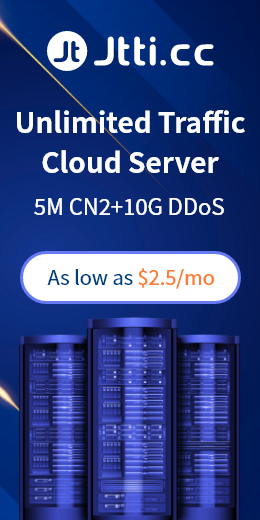The CPU and the CPU of the cloud server are the same in basic principles. They are central processors used to perform computing tasks. However, they have some differences in some aspects:
Virtualization technology: Cloud servers are realized through virtualization technology, and multiple virtual machines can run on the same physical server. Each virtual machine assigns some computing resources of physical servers, including CPUs, memory and storage. Therefore, the CPU of the cloud server is actually a virtual CPU on the physical server.
Sharing resources: In the cloud environment, multiple virtual machines share the resources of physical servers. This means that at a certain time, the CPU task of multiple virtual machines may be run on the same physical CPU. Virtualized managers are responsible for scheduling resource scheduling between these virtual machines.

Performance isolation: Although the cloud server shared physical resources, the cloud service provider usually achieves performance isolation between virtual machines through technical means to ensure that the activity of a virtual machine will not affect the performance of other virtual machines.
Elasticity and scalability: One of the advantages of cloud server is elasticity and scalability. Users can quickly adjust the computing resources of the virtual machine according to demand without the need to buy a new physical server.
Types of virtual CPU: Cloud service providers usually provide different types of virtual CPUs, such as universal types, computing optimization types, storage optimization types, etc. to meet the needs of different workloads.
The CPU and the CPU of the cloud server are the same in conceptual, but due to the characteristics of virtualization technology and resource sharing, they have some differences in actual implementation and use.

 EN
EN
 CN
CN









